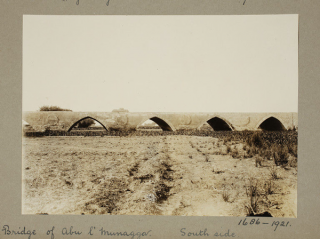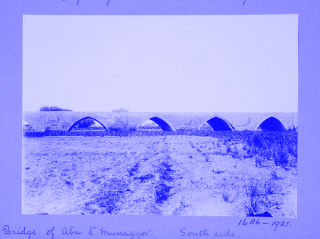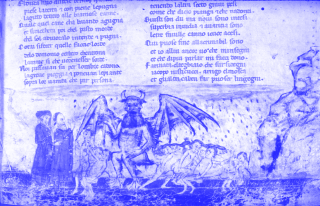Topic
The Dantean Anomaly in the Middle East

This research examines the climate history of the Middle East in the 13th and the 14th centuries. The topic illuminates extraordinary weather events and their social, economic and political ramifications and analyses what strategies the affected and rulers adopted in the face of climate stress.

The Dantean Middle East: Syria, the Hijaz, and Natural Extreme Events as Indicators for Rapid Climate Change – Reconstruction, Impact, and Coping Strategies (1250–1382)
The climate history of the Middle East is an as-yet new research field. An eminently rich array of 13th- and 14th-century sources have been transmitted: A large number of Arabic narrative works relating the extraordinary weather events in Egypt, Syria (Bilād aš-Šām, today’s Lebanon, Syria, Israel/Palestine and Jordan) and the Hejaz have been passed down, and are largely available in published editions. They enable a first, careful reconstruction of the Middle East’s climate history for the period between 1250 and 1350, illuminating the social, economic and political consequences of extreme flooding, long droughts or devastating storms and revealing how those affected tried to grapple with these challenges.
The project is part of the Junior Research Group »Dantean Anomaly«, led by the climate historian Dr. Martin Bauch.



